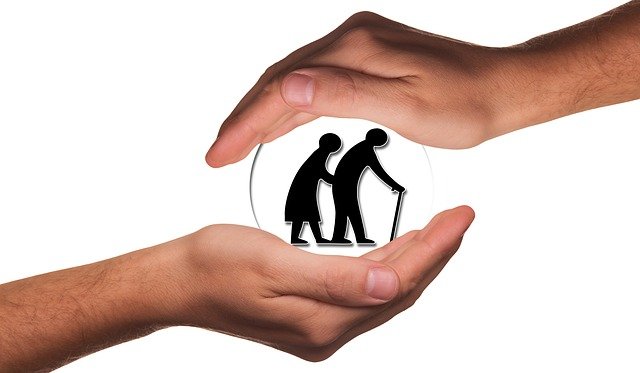It is nearly impossible to pay back our parents for everything they have done for us. The sacrifices they made helped run not only society but also shape the lives of all around them. However, as they age, once strong and capable men and women become fragile and require personalized care. This reality necessitates searching for an alternative living solution to cater to their medical, physiological, and psychological needs. Statistics today show approximately 1.4 million individuals in nursing, assisted, and independent living nursing institutions. Moreover, the senior care industry earned $976.2 billion in the year 2020 alone. Since the services offered created a profitable business opportunity, it is imperative to identify traits that distinguish technologically advanced quality homes from substandard care institutes.
Look for senior living facilities utilizing the latest software designed to improve resident engagement and the patient experience. For example, today’s market has centers that cater to chronic ailments such as orthopedic, diabetes, cancer and cardiovascular conditions that affect the elderly in society. Essentially, one has to ascertain the home’s ability to accommodate a client’s medical needs. Typically, this quality can be tested by how well equipped the nursing home is. For example, most institutions offer mobile medical equipment used when providing assistive care or patient transport. However, there is a need for adequate provision of oxygen tanks, medication, gurney alongside medically trained staff certified by the state and federal healthcare bodies. In addition, the ideal homes tend to have modernized devices such as wrist bands that aid in monitoring the client’s movements, heart rate, level of activity, and diet. These gadgets also offer alerts on any abnormal break-in pattern in the care regimen or treatment option selected. Therefore, one has to seek out the available medical equipment to ensure effective treatment for elderly patients.
The wheelchair has also advanced to integrate technology for effective senior care. Nurse attendants use these mobile medical tools to ferry people from one place to another within a nursing home. However, as technology progresses, the chairs are now equipped with monitoring software that furthers telemedicine to implement more specific medical interventions. This device can be seamlessly introduced into home-based care. The sophisticated chair uses biosensors to monitor and measure vitals such as blood pressure, electrocardiogram levels, temperature, heart auscultations, blood oxygen levels, and breathing. Furthermore, it can evaluate the patient’s diet through monitoring food intake and medication regimens. Though this option is reserved for elderly patients in need of intensive care, it can be applied to any individual to deliver personalized attention.
Senior citizen homes should also have advanced monitoring systems which track the client’s movements. Most people are against camera surveillance over privacy concerns. However, some institutions offer discreet sensors that record and track individuals along with their daily routines. These gadgets are placed at different positions within the nursing home, alerting personnel to any anomaly detected. The integration of sensors also provides a platform for two-way video conferencing between the residing attendants and their patients. This advanced cellular technology enables seamless interaction, monitoring, and evaluation to necessitate any treatment plan or medication change.
Nursing homes should also have automated drug dispensing services. Technology has exponentially advanced this activity by creating intelligent medication solutions through telemedicine and software integrated into a pillbox. These tools are connected to the internet, which allows them to send reports to the physician and patient on medication routine appropriate for the client. This avenue works through alerts and warnings on non-compliance to reduce non-adherence levels among elderly patients. Some institutions also have dispensers that provide pre-packaged medication at the selected interval pointed out in the treatment plan. These pouches follow a designated pattern that alerts the client and the attending physician when the pattern is broken. Therefore, these alternatives streamline medical attention and drug adherence through technology.

In conclusion, geriatric care has received significant assistance from technology. Clients looking for a good nursing home looked only for activities, diet preparation, comfort, services, hygiene levels, and a welcome policy for all who desire to visit. However, technological advances now provide patients with privacy by eliminating cameras and unnecessary monitoring. Additionally, integrating sensors into wheelchairs and medical wristbands enables medical assessment, thereby minimizing the risk of medical negligence or fatigue from attendants. These qualities are crucial for a senior living facility. Finally, technology gives the patient control over their surroundings and creates an open communication channel to the physicians within the home and the world outside the walls.




